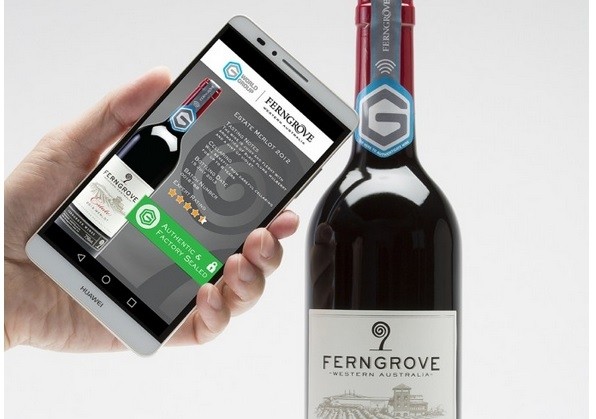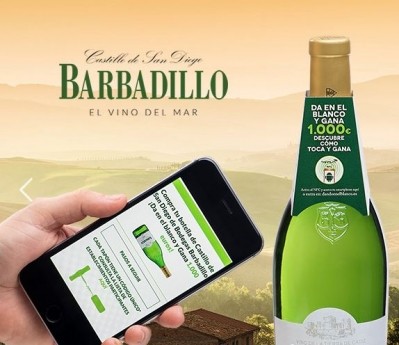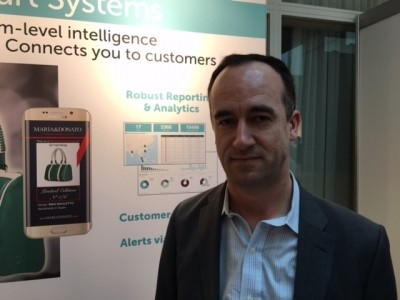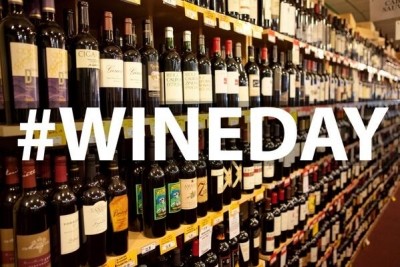Smart Wine Bottle tackles counterfeit in Chinese market

Although the exact figures are hard to determine, reports say 50 – 70% of wine sold in China could be fake, with the problem particularly acute in premium brands. However, it is a big market for wine and a Fair Trade Agreement between Australia and China was signed last month to encourage trade.
Ferngrove Wine Group, a Chinese-owned, Western Australia premium wine company is using the Smart Wine Bottle on a six month trial. It exports 600,000 bottles a year to China.
That's Smart...
The Smart Wine Bottle has been launched by Thin Film Electronics and G World Group, and uses printed electronics technology. The thin, flexible NFC (near field communication) ‘OpenSense’ tags can show whether a bottle has been opened or not.
Jennifer Ernst, chief strategy office for Thinfilm, told BeverageDaily.com that ensuring the authenticity of the product helps protect brand reputation and image.
“OpenSense can detect both the ‘sealed’ and ‘open’ states of the bottle, so if the factory seal has been broken, the brand can make real time decisions regarding product authenticity,” she said.
“Brand manufacturers and trusted suppliers can identify if a seal has been broken anywhere along the supply chain, while a secure cloud database tracks product lineage and provides robust analytics to enable smart business decisions.
“Retailers often use wireless authentication methods such as RFID [radio-frequency identification] and more traditional NFC-based [near field communication – data transfer for nearby objects] solutions.
“However, these solutions suffer from serious limitations. Some require expensive, proprietary readers that limit the scale of deployments. Others intentionally destroy the antenna when a product is opened, making it impossible to interact with the product after opening.”
Authentification – and interaction
Ernst said the difference between the tags and other counterfeit technology is that the tag remains active after the bottle has been opened. This means the technology can also be used to deliver content to the consumer: a ‘tap’ of the smartphone brings up messages on the device such as wine offers or food pairings.
“Dynamic mobile content can be customized and delivered based on ‘sealed’ or ‘opened’ status,” she said. “In addition, information about when a package has been opened can give brand owners the intelligence necessary to encourage frictionless reorders and promote sales of complementary products.
“For example, OpenSense can provide a direct line of communication to consumers via NFC enabled smartphones – even after the factory seal has been broken. As the shopper/consumer initiates engagement with the bottle, the brand can send contextually relevant information such as offers, drink recipes, etc.”
The Smart Wine Bottle was launched as a proof of concept at the Mobile World Congress in Shanghai last month, and is now being used in a commercial trial.
Ernst says key advantage of the technology is the low cost, making it easy to scale up.
“Large market segments remain unaddressed by IoT [Internet of Things] technologies because traditional electronics are simply too expensive. At a fraction of the price of silicon alternatives, Thinfilm’s printed electronic labels bring simple electronic functionality into high-volume, cost-sensitive applications.”
A Diageo Johnnie Walker bottle was launched with OpenSense tags earlier this year.








